|
Join The All Girls STEM Society at UVA and Girls Who Code at UVA as we take students grades 5- 8 into the interwebs. Learn basic coding and website development with hands on activities, and come out having successfully coded your OWN webpage! Advanced topics such as CSS and bootstrap will also be taught.
No coding experience required - all you need is access to a laptop and lots of enthusiasm! Admission is always free and open to all. Zoom Link: Will be provided via email! All volunteers are members of The All Girls STEM Society at UVA or Girls Who Code at UVA and are UVA students. Please email Eleni Fafoutis at [email protected] with any comments, questions or concerns. If you believe your student who is over/under the grade levels suggested would like to attend, please contact us! Give us a like on Facebook at The All Girls STEM Society and follow us on Instagram at @agssatuva for great updates and workshops! Sign up here: www.eventbrite.com/e/the-all-girls-stem-society-x-girls-who-code-presents-tickets-141930298343
2 Comments
Women have been undervalued and underrepresented in STEM fields for too long. Despite decades of efforts to increase numbers, women still only occupy about ¼ of STEM careers.
The issue is that we have been trying to solve the problem too late in life. Representing women in science, technology, engineering, and math starts with raising girls to become a part of those fields. Studies have found that the majority of girls become interested in science or math around age 11, but that interest fades by 15. Why? Because there is a serious lack of female role models within these fields, leaving girls of our generation without any path to follow in pursuing the topics they love. When I was in elementary school, I almost always imagined a mathematician as a socially awkward man with gray hair and glasses. Whenever a doctor, engineer, or scientist came into my school to talk about their life and job, they had one thing in common — they were all men. The All Girls Stem Society is an inclusive learning space where girls can learn about subjects they are passionate about like programming, magnetism, circuitry, and aerospace. At the beginning of every workshop, the girls learn about a famous woman in STEM who has paved the way for them. However, I believe that the people who truly inspire the participants are the volunteers. I have seen firsthand how a simple explanation or activity can teach the girls and how the passion of every volunteer at the workshops is palpable. One of my favorite things about the organization is that it is almost completely student-run, so fifth and sixth-graders have role models who are just a few years older than them to look up to. While not every girl we teach will become a scientist or engineer, AGSS gives girls the opportunity to explore and see role models in STEM subjects they are passionate about. We volunteers can inspire the girls by example. Being a shy kid, I often struggled to strike conversations and interact with others who shared my interests. In my favorite classes I often felt too intimidated to speak up and share my ideas. I remember my mom would encourage me to attend fun STEM events, like computer science workshops or life science presentations. Learning how to code with Python, and watching hydrogen peroxide react with catalysts to make "elephant's toothpaste" really fascinated me, but I struggled to break out of my shell. Not only was I terrified of speaking in public, I also was afraid of being laughed at if I was incorrect. I was holding myself back throughout elementary and middle school and it affected how I implemented new ideas and concepts. I remember being the only girl in a computer science class, and I started feeling drowned out by boys who were much more confident and vocal than me. Being one of only a few girls on my math team in middle school was somewhat empowering, because I felt that I was able to represent a minority in that field. But it still wasn't the same as sharing that experience with many other dedicated, smart girls.
Statistics show that women are often underrepresented in STEM fields, making up only 13% of the workforce in Engineering. But as a child with a love for mathematics in elementary school, I never understood why. In my class, about half of the math-loving children were girls. Then, over time, the other girls stopped, either because of sexism, societal stereotypes, lack of role models, or their other interests. And then, I felt it— the underrepresentation. I joined the Math Club, but I was often the only girl there among loud middle school boys. I wish it didn't, but being the only girl did discourage me. And later in high school, after I realized my interest in physics, I was the only girl in the Physics Club. The only reason I kept going was my love for math and physics.
That's when I found the All Girls STEM Society by attending their All Girls Math Tournament. It was amazing to be surrounded by a room full of girls that shared my passion; I realized that I wasn't alone in my struggle. I even won a prize, which boosted my confidence in myself and pushed me to keep pursuing math. Now, I go to math camps every summer, participate in numerous math competitions like MIT Math Prize for Girls, and of course, I still go to math club. At the time, I felt so grateful for the impact AGSS had on my life, and I wished to do the same for young girls just like me. I wished to encourage them to keep pushing and to show them that there is an entire community of girls who are interested in STEM just like they are. When I entered high school, I became more and more involved with the organization as a volunteer. Now, I attend every workshop so that I can help out with excited girls that were just like me a couple years ago. When I see the girls smiling, first, I think that they’re unbelievably cute, but then I realize that AGSS has taught more than 4000 girls… It’s mind blowing to me that we could have inspired the lives of 4000. Not to mention the others that they will inspire when they grow up. Of course, we can't solve the problem of underrepresentation of women in STEM fields, but I firmly believe that we are taking a small step closer. |
AGSS VolunteersThese angels, who encourage and support, share some of their many everlasting experiences with silly, yet driven girls. Archives
April 2024
Categories |
All Girls STEM Society is a 501(c)(3) nonprofit organization.
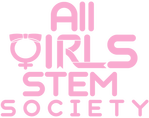
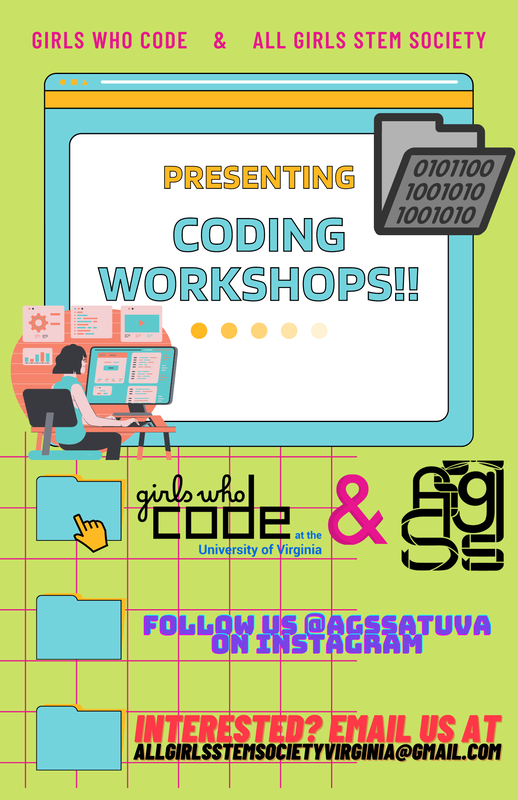
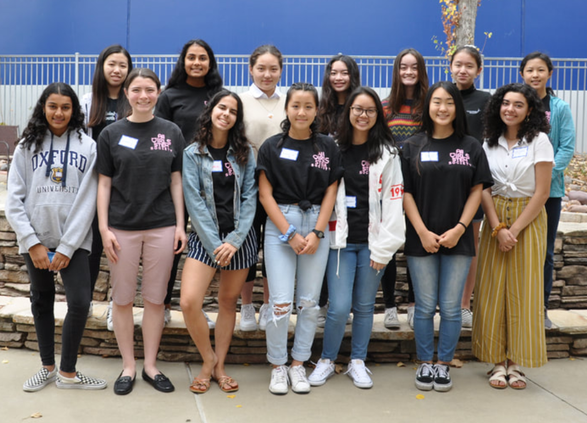

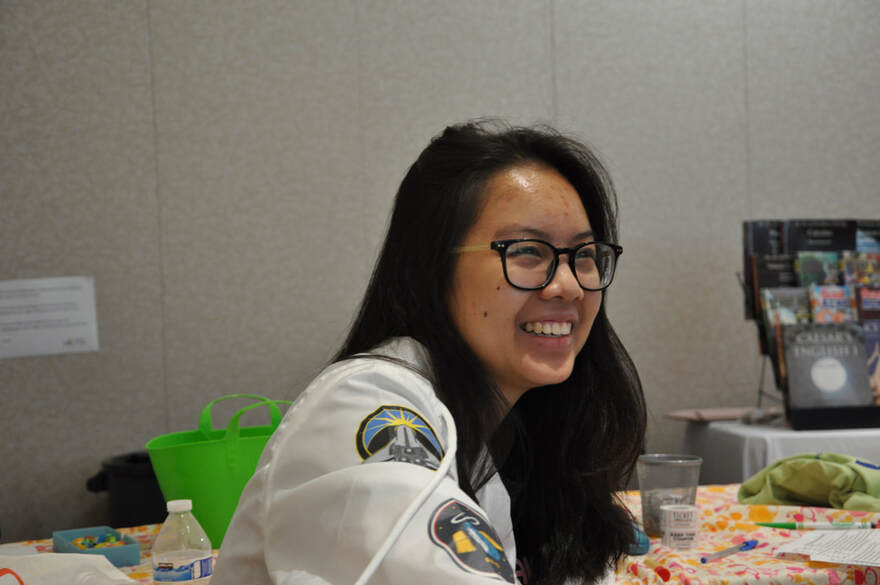
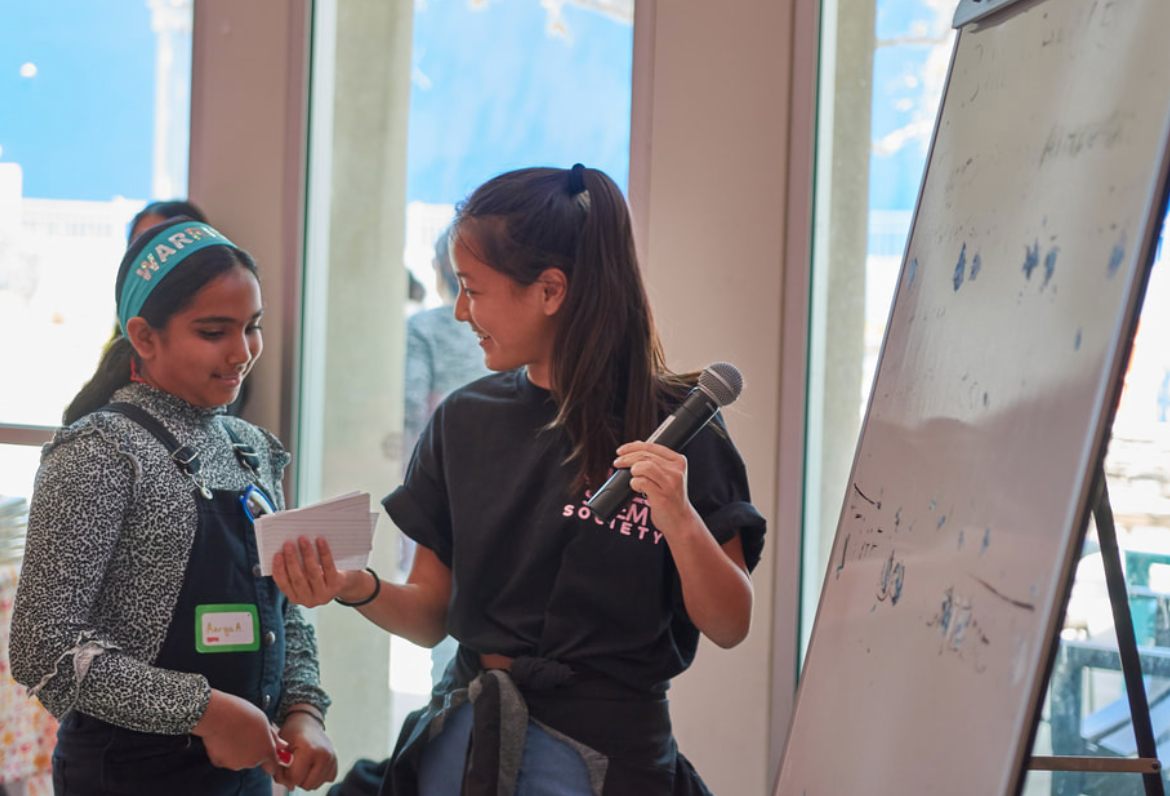
 RSS Feed
RSS Feed